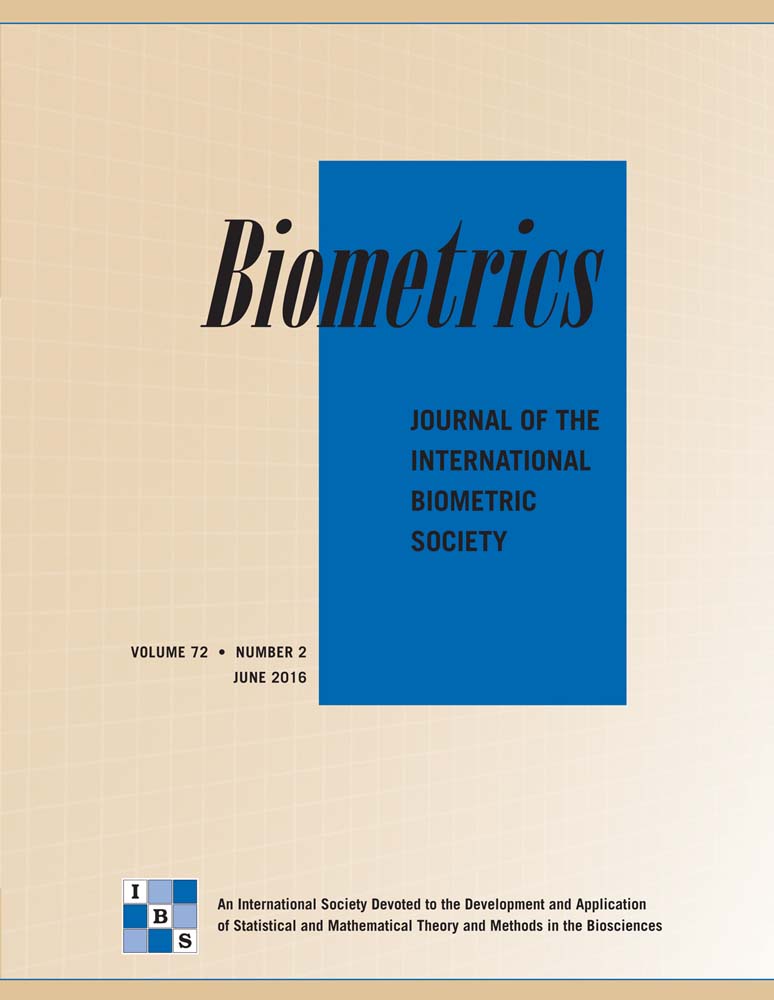Cluster adjusted regression for displaced subject data (CARDS): Marginal inference under potentially informative temporal cluster size profiles
Summary
Ignorance of the mechanisms responsible for the availability of information presents an unusual problem for analysts. It is often the case that the availability of information is dependent on the outcome. In the analysis of cluster data we say that a condition for informative cluster size (ICS) exists when the inference drawn from analysis of hypothetical balanced data varies from that of inference drawn on observed data. Much work has been done in order to address the analysis of clustered data with informative cluster size; examples include Inverse Probability Weighting (IPW), Cluster Weighted Generalized Estimating Equations (CWGEE), and Doubly Weighted Generalized Estimating Equations (DWGEE). When cluster size changes with time, i.e., the data set possess temporally varying cluster sizes (TVCS), these methods may produce biased inference for the underlying marginal distribution of interest. We propose a new marginalization that may be appropriate for addressing clustered longitudinal data with TVCS. The principal motivation for our present work is to analyze the periodontal data collected by Beck et al. (1997, Journal of Periodontal Research 6, 497–505). Longitudinal periodontal data often exhibits both ICS and TVCS as the number of teeth possessed by participants at the onset of study is not constant and teeth as well as individuals may be displaced throughout the study.




